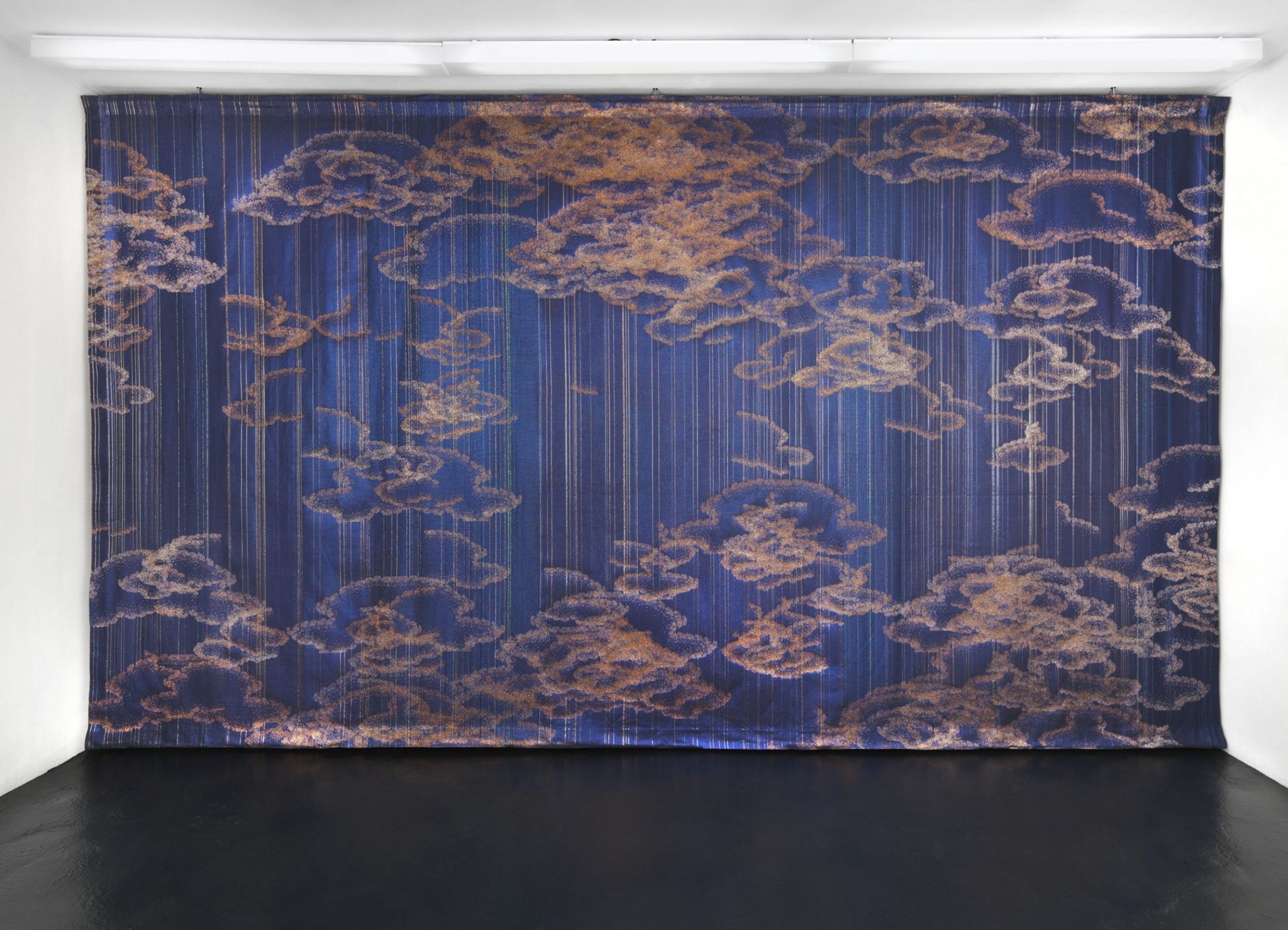If you’d started a year-long nap in March 2020 just after touring the galleries in London, Berlin or New York, the continuity would feel fairly seamless
On a sultry Friday evening a couple of weeks ago, I was cycling through my neighbourhood en route to an exhibition opening. The outdoor tables of local bars were buzzy with revellers and, when a warm glow surged up involuntarily inside me, I couldn’t be sure if it was because of these scenes – Berlin had just emerged from months of lockdown – or because I was looking forward to going to a preview (wait, what?) – or both. This is a tangible side-effect of the pandemic’s slow, unevenly distributed fade: the re-enchantment, or sometimes newfound enchantment, of the formerly everyday.
OK, so everyone partying had recently tested negative for the virus, or ought to have done, and we still advanced masked into the gallery space itself. But in all other respects it was enough of a simulation of the Old Normal for some happiness chemicals to percolate. Even within curmudgeonly art critics. (I couldn’t remember how to talk to people and forgot some people’s names, but that was like old times too.) The exhibition featured some enjoyable, if highly oblique, abstract paintings, some of them made years ago. But given how artists and galleries have mostly operated since opening up again – as if nothing had happened – this wasn’t wholly surprising.
A while back, in one of these columns, I foolishly augured that art in the wake of the virus would be different; that there’d be some kind of anger and mourning channelled through aesthetics. Maybe there still will be, but that’s not where we are right now. If you’d started a year-long nap in March 2020 just after touring the galleries in London, New York, or wherever, the continuity would feel fairly seamless. In Berlin, Neu and Neugerriemschneider both lately showed artists associated with the 1990s and early 2000s (Manfred Pernice and Pae White, respectively); the effect is lulling, comforting, as if the recent past hadn’t happened. A lot of shows launched at Gallery Weekend Berlin (30 April – 2 May for non-Berliners) and evidently many artists have spent the last year in their studios drilling down into the things they were ‘interested in’ already, not that one could blame them. I’m aware that the technical term for this kind of critical response to the gallery system’s restart is ‘pissing on the bonfire’; I’m also grateful for an interregnum in which the quotidian, and the white-cube experience, feels uncommonly aglow. But I also have a memory. And the present moment does remind me slightly of the ending of Hollywood films in which the main character – or, in Marley and Me (2008), main dog – dies, and then there’s a montage of them at the end as if alive again, and even if you didn’t really care about them in the first place, you’re suddenly glad they’re back.
The point about the Old Normal is that normality only exists in retrospect, in the wake of subsequent chaos, and when we look back on it (or try to reconstruct it), we’re looking at a distortion. At the time it wasn’t normal – it was something with visible faults, to be questioned, changed, maybe disposed of, only not for that worse thing that came after. Golden-age thinking is how you end up with phenomena like people wishing Tony Blair was still Prime Minister, or being thrilled about a Biden administration, or welcoming a revival of Friends. And yes, probably the last thing anyone wants to see right now is art referencing sanitary handwash and oxygen tanks, or sombre videos tabulating flawed political responses to the pandemic. But the present alternative has a weirdly amnesiac vibe that ties into a tendency towards serene detachment on the artworld’s part that was already, if relatively embryonically, present a couple of years ago.
I’m all for happiness where you can find it, but I don’t go to art to feel wrapped in a comfortable blanket of familiarity and stasis. Equally, leaning into cautious relief – to the degree that it’s possible – feels therapeutic right now, but it’s a phenomenon with a natural lifespan, because there’s only so many middling shows one can be delighted to see before one’s faculties re-emerge. At some point, welcoming back the imperfect structure we weren’t allowed to have for a year ought to segue into once again dissecting it, questioning its imperfections and conservatism and considering what, if anything, might be done to excise them. It’s not so long ago, for example, that alternatives to the art-fair system or workarounds for the predatory hollowing out of the middle-market were being mooted and road-tested. Those conversations need to go on and evolve, since during the last year all that’s really happened, the questionable rise of online viewing rooms and NFTs aside, is that big galleries have consolidated more power. And, inevitably, the pleasures of getting back what we took for granted will fade. For the moment though, we can, where possible, experience the transient novelty of visiting contemporary art exhibitions and emerging feeling relatively upbeat.
